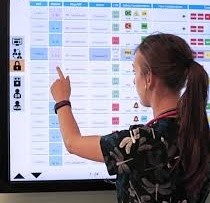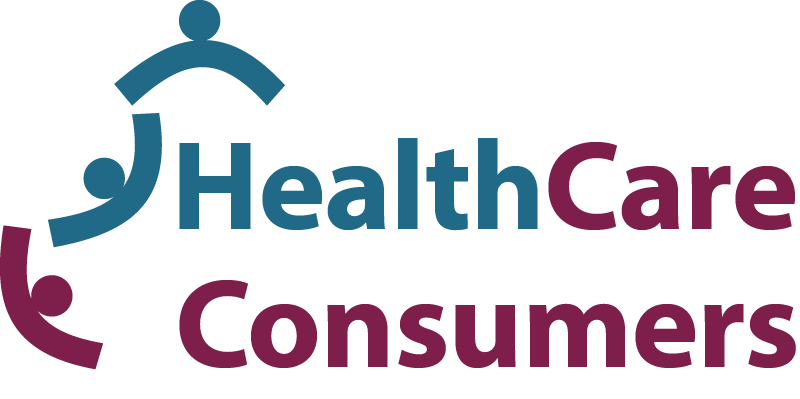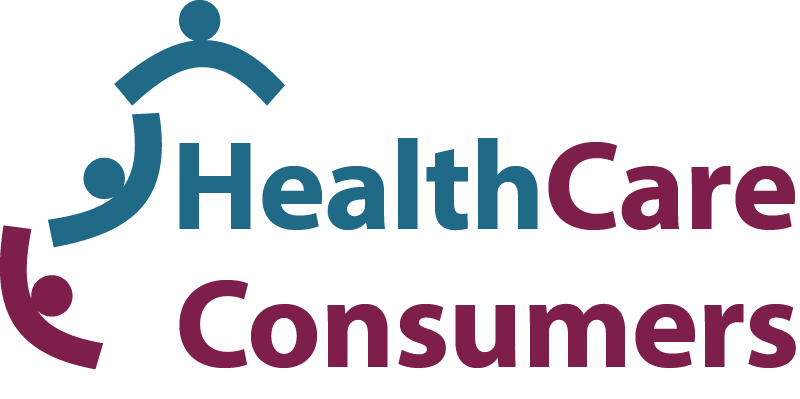Publications
What do consumers want from patient portals? by Kate Gorman
4 December 2019
 At our recent Members’ Forum we had a representative talking about digital patient journey boards. The presentation prompted many questions about digital health and patient portals. Since then I have had a few conversations with people about electronic patient portals. Consumers have been promised a patient portal for many years, dating back to the E-Healthy Futures program which was announced in the 2009 ACT Government budget.
At our recent Members’ Forum we had a representative talking about digital patient journey boards. The presentation prompted many questions about digital health and patient portals. Since then I have had a few conversations with people about electronic patient portals. Consumers have been promised a patient portal for many years, dating back to the E-Healthy Futures program which was announced in the 2009 ACT Government budget.
Increasingly we are seeing health services use patient portals to provide patients with an online website that is connected to the electronic health record. This provides secure access to their health information. The thinking is that patient portals help consumers to become active participants in decision-making about their health care.
So what do consumers want from patient portals? Some of the things consumers have spoken to me about include: secure messaging with their treating team, the ability to request appointments and receive reminders for appointments, prescription refill orders, to know who their treating team is, access to pathology results, full medication lists, access to education materials about health conditions as well as access to clinical notes. We want them to be used at the bedside and when we are at home. There is some cross over with the summary information included in the My Health Record but this needs to be consistent and ideally talk to each other.
In the United States patient portals provide extensive access to things such as lab results, physician notes, health histories, discharge summaries and immunisations. At every appointment clinicians (doctors, nurses, physical therapists, etc.) write notes and reading them can be very helpful for consumers and carers to deepen their understanding of their health and treatment. In North America many of the leading health services use OpenNotes and invite consumers to read clinical notes. OpenNotes is the international movement dedicated to making health care more open and transparent by encouraging doctors, nurses, therapists, and others to share their visit notes with patients. Facilities include: Intermountain Health Care, Kaiser Permanente, Mount Sinai Health Care, Boston Children’s Hospital, Cleveland Clinic, John Hopkins Medicine, Mayo Clinic and University Health Network in Toronto Canada. In Australia there is cultural resistance to providing access to clinical notes and this is unlikely to change in the short term, though this is certainly something we would like to see in the future.
We need to recognise the digital divide and how that translates to disparities in electronic portal use across patient populations
Having done a short review of the different portals it appears there is quite a degree of variation between what different ones offer. Some are quite passive and only allow consumers and carers to view demographic and medical history data, while others support partnership in care, providing real-time updates on results. It appears that the data available depends on the health service’s policies. One thing is clear – they require a degree of health literacy from consumers and I am interested in how consumers will be encouraged and supported to use the portal.
The Australian Commission for the Safety and Quality in Healthcare has published a report on the impact of digital health on safety and quality. You can read the report here.

